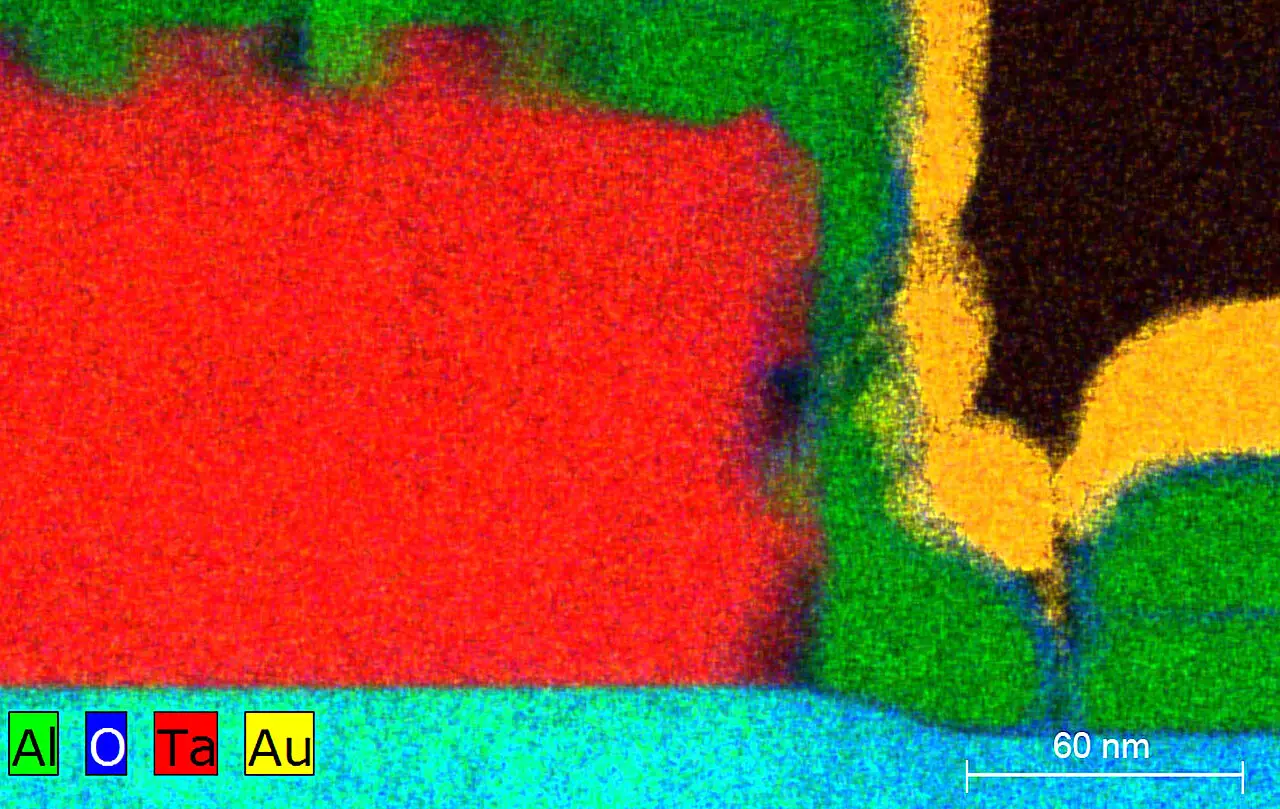Quantum computers have the potential to revolutionize various scientific fields, but one of the main hurdles in their development is energy loss from qubits. Scientists from Yale University and the U.S. Department of Energy’s Brookhaven National Laboratory have taken a systematic approach to understanding and addressing this issue to improve the performance of quantum computer building blocks.
Improving the ability of qubits to retain quantum information, known as coherence, is essential for the successful operation of quantum computers. Researchers, led by Suhas Ganjam, have been working on designing devices with better coherence times in order to advance the field of quantum computing. The research conducted as part of the Co-Design Center for Quantum Advantage (C2QA) has led to significant advancements in this area.
The performance of qubits is directly influenced by the materials used in their construction. By investigating the different kinds of tantalum oxides that form on tantalum’s surface when exposed to air, researchers were able to improve coherence by coating tantalum with a thin layer of magnesium. This approach helped in reducing energy loss and enhancing the overall performance of qubits.
Under the guidance of Robert Schoelkopf, a physicist at Yale University, a new device called a tripole stripline was designed. This device allowed researchers to quantify energy loss and determine where it was occurring by testing the device in different modes. By analyzing the electromagnetic properties of the device, researchers were able to observe how different materials and fabrication techniques influenced energy loss.
The Center for Functional Nanomaterials (CFN) at Brookhaven Lab played a crucial role in helping researchers better understand the microscopic structure of the materials used in quantum devices. By using advanced imaging techniques such as transmission electron microscopy and scanning transmission electron microscopy, scientists at CFN were able to identify coherence-limiting characteristics in the materials.
With a comprehensive understanding of the materials’ composition and the electromagnetic properties of the devices, researchers developed an energy loss model to predict a device’s coherence based on its constituent materials and circuit geometry. This predictive model enabled researchers to optimize circuit geometry and build a quantum device with a coherence time greater than one millisecond.
The collaboration between qubit design experts and material characterization specialists has been instrumental in advancing the field of quantum computing. By co-designing materials and algorithms, researchers have made significant progress in enhancing the coherence of qubits and building more efficient quantum devices. This research represents a crucial milestone in the mission to develop quantum computers that outperform classical computers.


Leave a Reply